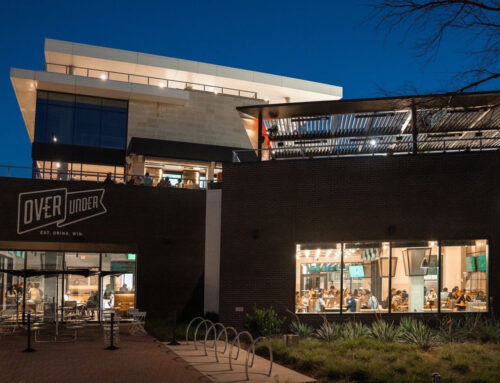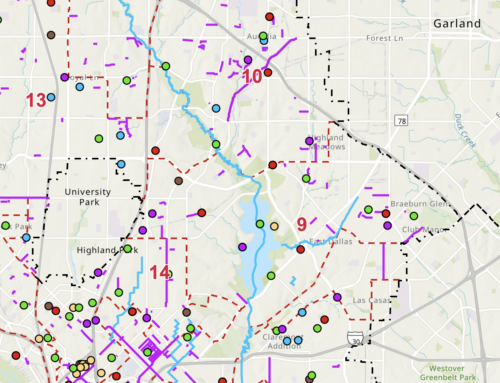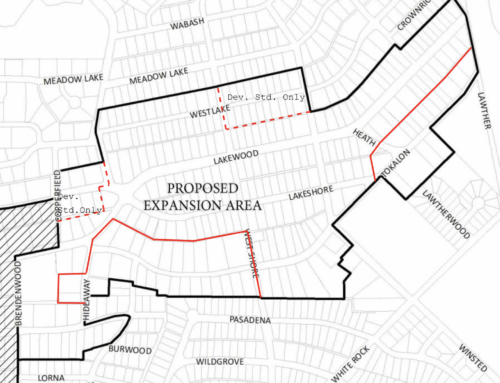It has been quiet at Llano and Greenville since the Greenville Avenue Church burned down a year and a half ago.
That is, it has been quiet until recently.
Representatives of the property owner have been meeting with surrounding neighborhood organizations to develop a possible use for the property.
Ray Baldwin purchased the lot from the investors who owned the property. He had been part of the group, but became sole owner when he bought out his partners.
Development of the property is a sticky matter. It is zoned single-family, and in the past, neighborhood residents have vehemently opposed zoning changes to the property that might turn it into something other than a single-family residence. But single-family zoning makes it difficult for the property’s owners to get a return on their investment, says Chip Johnson, who is representing Baldwin at the meetings.
Johnson says the owners hope to find a compromise with the neighborhoods that would allow Baldwin to develop the property, but would keep neighborhood residents happy.
“My thought is to gain a consensus before we go to City Hall,” Johnson says.
Johnson says they have discussed a possible mixed-use development – part residential and part commercial – and townhouses or apartments have also been suggested.
There is no time line for coming up with a solution, Johnson says.
Karl Stundins, president of the Lower Greenville Avenue Neighborhood Association, says he is glad Baldwin’s group is talking with the surrounding neighborhoods. Stundins says there is a lot to consider when putting a new development along Greenville Avenue, which is overwhelmingly commercially developed but surrounded by residential.
“Basically, it gets back to the character of the neighborhood and what is a good balance,” Stundins says. “I think the balance we have now works.”
Stundins says even though his neighborhood has opposed past attempts to change the zoning, neighbors are open to listening and compromising.
“I think a lot of people realize we’re not trying to be unreasonable,” Stundins says. “We’re trying to protect the neighborhood for the businesses and the residents.”
“It’s hard work, and that’s why I think you don’t see a lot of successful residential and business districts.”





